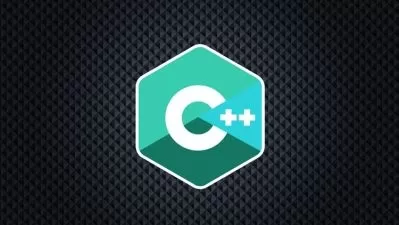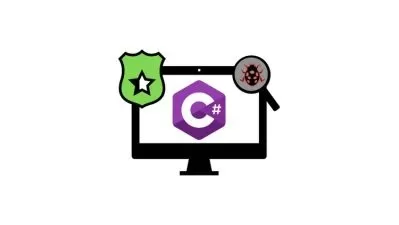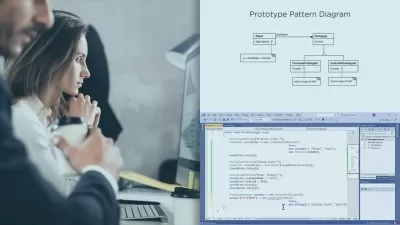CQRS in Practice
Vladimir Khorikov
4:21:45
Description
There are a lot of misconceptions around the CQRS pattern. This course is an in-depth guideline into every concern or implementation question you've ever had about CQRS.
What You'll Learn?
There are a lot of misconceptions around the CQRS pattern, especially when it comes to applying it in real-world software projects. In this course, CQRS in Practice, you will learn all about CQRS with event sourcing, database configuration for reads and writes, and more. First, you will learn exactly what CQRS is, the principles behind it, and the benefits it can provide for your project. Next, you will explore the common misconceptions and anti-patterns around CQRS. Finally, you will see a detailed, step-by-step implementation of this pattern in practice. The sample project you'll be working on is close to what you will find in the real world, and you will see each step on the way to CQRS in great detail. By the end of this course, you will have a foundational understanding of the CQRS pattern and how to implement it in your software projects.
More details
User Reviews
Rating
Vladimir Khorikov
Instructor's Courses
Pluralsight
View courses Pluralsight- language english
- Training sessions 73
- duration 4:21:45
- level average
- English subtitles has
- Release Date 2023/08/01











